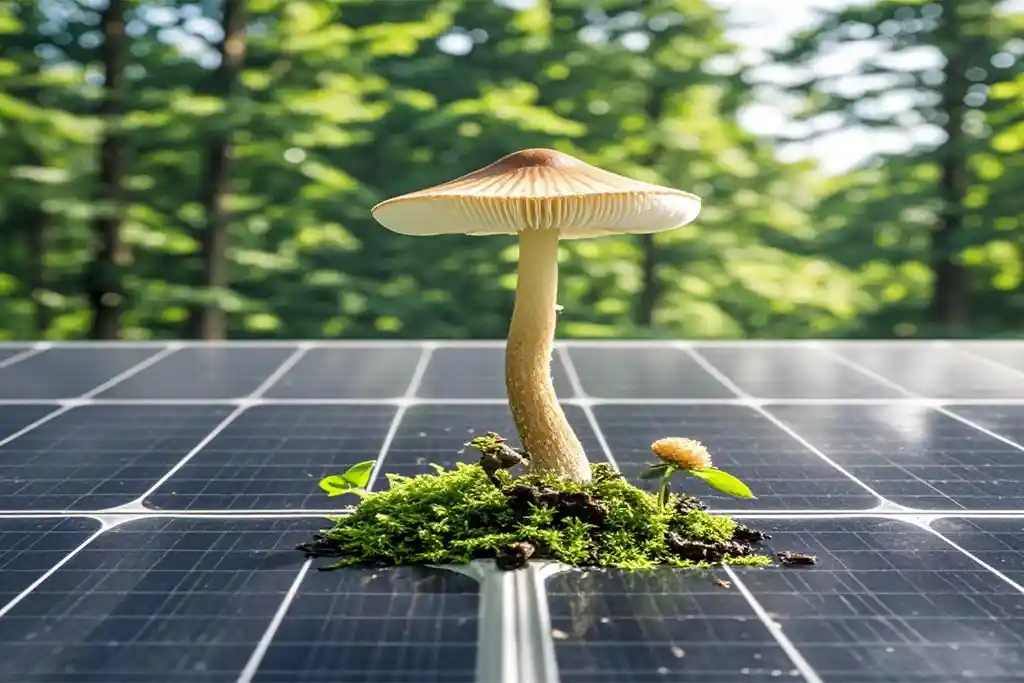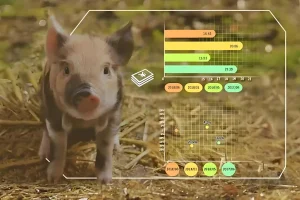Exploring the Optimal Path of Coordinated Development
In today’s society, the problem of smog is becoming increasingly severe. Its impact is no longer limited to the environmental field and has gradually risen to a political issue that has drawn wide attention. Against this backdrop, the state has continuously increased its support for clean energy, which has brought new development opportunities to many related industries.

Photovoltaic agriculture has quietly emerged and become popular in China, and there are complex reasons behind it. On the one hand, there is an overproduction of products in China’s photovoltaic industry. On the other hand, the state’s approval of photovoltaic projects is relatively strict, but the approval of projects that combine photovoltaics and agriculture is relatively easier. As a result, many enterprise bosses who intend to launch photovoltaic projects incorporate agriculture into them, thus forming photovoltaic agriculture. However, some of these enterprises only use agriculture as a gimmick to obtain project approval. After approval, they still mainly focus on power generation, and agricultural production has become a mere formality.
In fact, after in-depth research and reflection, photovoltaic agriculture has great development potential and can fully achieve good benefits. To do a good job in photovoltaic agriculture projects, many key issues need to be addressed. Solar power generation depends on sunlight, and plant growth also cannot do without sunlight. A large amount of carbohydrates required for plant growth are synthesized in the chloroplasts of leaves through photosynthesis, and roots mainly absorb water and mineral elements from the soil. Therefore, simply planting ordinary plants in photovoltaic projects is difficult to achieve ideal benefits. Even if the photovoltaic panels are installed sparsely, it is not a good solution.
To do a good job in photovoltaic agriculture projects, several important principles need to be followed. First, give priority to photovoltaics and supplement with agriculture. Do not let agricultural projects affect power generation efficiency or increase power generation investment. Develop agriculture well on the premise of ensuring power generation. Second, reasonably control the investment in agricultural facilities to avoid an imbalance between costs and benefits due to excessive investment. Third, plan the mechanized operation in advance for greenhouse construction. Design the docking method between the greenhouse and photovoltaics according to the planting varieties and the required machinery.
Combining these principles, photovoltaic agriculture and edible fungi cultivation are an excellent combination. The growth characteristics of edible fungi are highly complementary to the needs of photovoltaics. Their mycelium can grow in the dark. When fruiting, they only need a certain amount of scattered light and do not carry out photosynthesis. They mainly absorb nutrients from the culture medium.
But why have some people not achieved success in projects that combine photovoltaics and edible fungi? This involves multiple aspects. First is the greenhouse construction. The cost should be reasonable. For example, the bow-shaped greenhouse in Yaozhenzhuang, Hebei Province, has a low cost and strong practicality. Install rolling curtain machines on both sides to achieve warm winters and cool summers. When leaving a walkway in the middle, consider whether to harden it according to whether a forklift will pass, etc., to ensure smooth mechanized operation and reduce production costs. Second, there should be a standardized mushroom bag factory to match the photovoltaic greenhouse, with an automated production line covering links such as mixing materials, bagging, sterilization, and inoculation. This can not only reduce the labor intensity but also effectively reduce the production cost of mushroom sticks. In addition, when the greenhouse is fruiting, the use of automatic sprinkler irrigation can greatly improve efficiency and reduce labor costs.
In terms of the operation mode, it is crucial to mobilize the enthusiasm of workers. The traditional production team model is no longer sufficient to meet the needs. Methods such as piecework or cooperation are more effective. For example, replacing wages with profit sharing for the labor force can significantly improve work efficiency.
For enterprise bosses with higher pursuits, brand marketing is an important means to enhance competitiveness. Enterprises can establish their own brands by virtue of scale advantages and ensure product quality. For example, selling mushrooms without soaking them in water. Over time, they can build a good reputation in the market.
If you want to make the photovoltaic edible fungi project bigger and stronger, forming an industrial chain is the key. Conducting deep processing in accordance with the industrialization concept can increase the added value of products, improve enterprise profits, and avoid fierce competition with farmers in the simple production link. Forming a complete industrial chain from planting to harvesting, brand establishment, deep processing to sales can also obtain government support and become a leading enterprise driving farmers.
The future profits of photovoltaic agriculture may come from solar power generation, edible fungi production, and government subsidies for edible fungi. To achieve this goal, early planning is essential. Many people lack planning when launching photovoltaic edible fungi projects, blindly building greenhouses and planting, and ignoring issues such as sales. In fact, on the premise of not affecting the investment and benefits of photovoltaic power generation, do a good job in the planning
More:
- 2025: The Year Agriculture Enters the AI Era – A New Wave of Transformation on the Horizon IAgricultural AI Revolution
- Algarikon Zero Project: How a Spanish Firm Transforms Invasive Algae for Edible Mushroom Cultivation
- 🔍 Research Uncovers Key Mechanisms of Morel Strain Degradation
- Spain: Edible Mushrooms Found to Alleviate the “Salty” Dilemma of the Meat Industry
- Yunnan’s Morel Mushroom Industry: Current Status and Prospects


